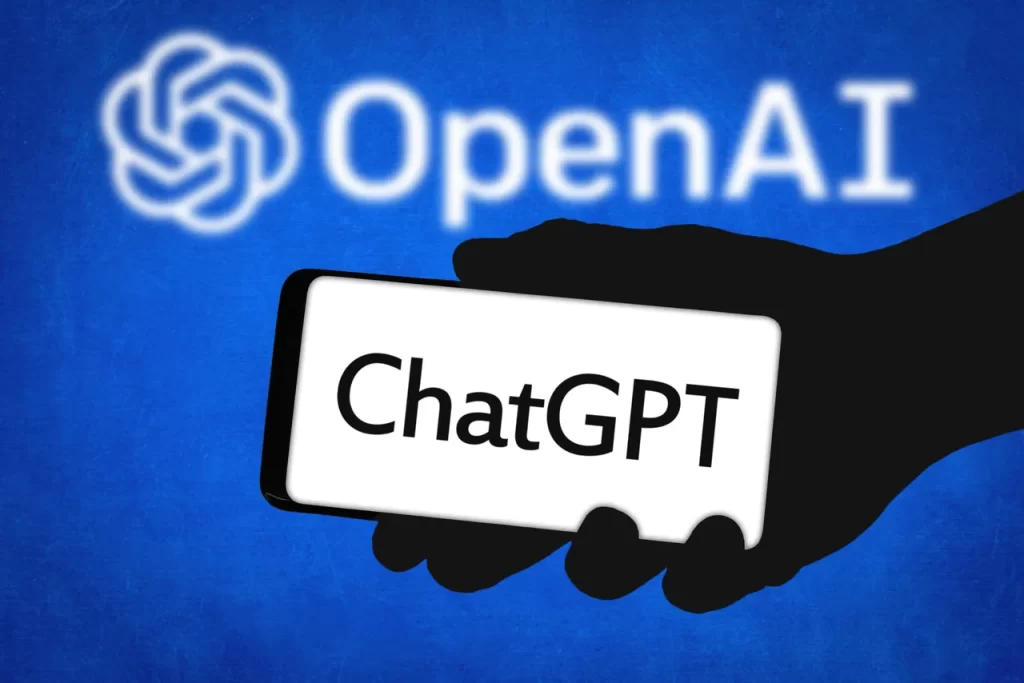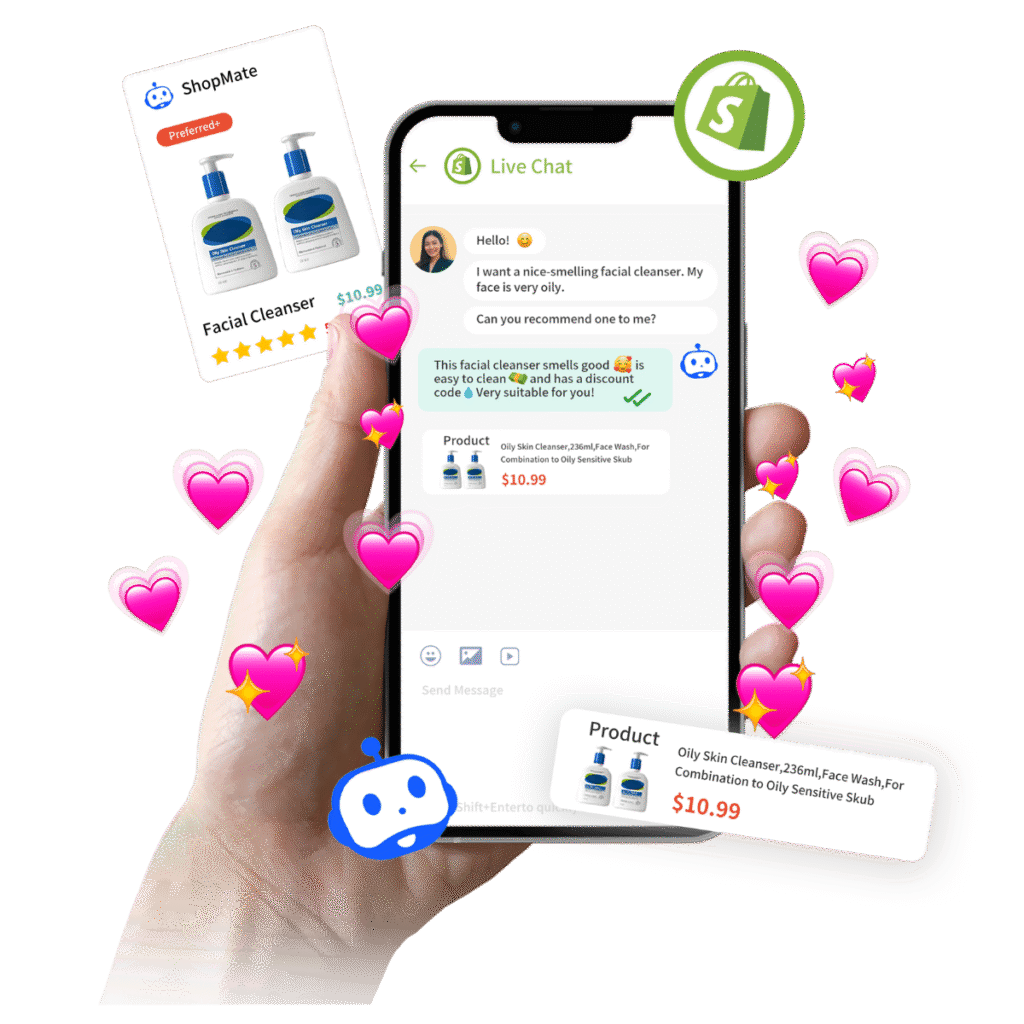With the rise of AI writing tools, Claude and ChatGPT have become two of the most talked-about options on the market. For e-commerce website owners, high-quality SEO content is not only key to improving search engine rankings but also an essential bridge for connecting with customers.
As a content creator who frequently uses AI in my daily work, both Claude AI and ChatGPT are my go-to tools. Based on my hands-on experience and industry knowledge, I’ll dive deep into which AI writing tool is better suited for e-commerce SEO writing.
In this article, I’ll compare their strengths, cost-effectiveness, and provide actionable tips and SEO writing prompts to help you make informed decisions.
Ⅰ. Core Requirements for E-commerce SEO Content
Before comparing Claude and ChatGPT, let’s clarify the core content needs for e-commerce SEO. These needs define the criteria for evaluating any AI writing tool:
- Product Description Optimization: Every product page needs a unique, engaging description with relevant keywords that meet both search engine algorithm demands and trigger user buying intent.
- Category Page Content: These pages should support a large number of keywords while offering valuable guidance to shoppers.
- Blog Content: Blogs build brand authority and drive long-tail traffic. Search engines favor well-written, informative posts.
- Meta Titles and Descriptions: These directly impact click-through rates and must contain strategic keywords within limited character counts.
- FAQ Sections: They help answer user concerns and are a great way to integrate long-tail keywords, an often-overlooked SEO advantage, naturally.
Ⅱ. Claude’s Strengths in E-commerce SEO Content Writing
1. Content Quality and Originality for SEO Writing
Claude allows you to choose from five different writing styles (or customize your own), producing natural and fluent copy. In contrast, ChatGPT doesn’t support flexible tone changes within a single session, making its content a bit rigid. For e-commerce SEO content, this flexibility gives Claude several advantages:
- More Natural Language: In our tests, Claude-generated product descriptions felt more human and less over-optimized.
- Less Duplicate Content: Even for similar products, Claude offers varied outputs, which is ideal for large SKU ecommerce sites.
Let’s say we need a short product description for a Bluetooth headset.

Claude often emphasizes real-life usage scenarios and user experience, rather than just listing features.
2. Long-Form Content Creation for E-commerce Blogs
Claude excels at generating deep, long-form content, making it especially valuable for e-commerce blogs that aim to build authority and SEO ranking. ChatGPT’s free version has word count limits and limited editing flexibility unless you upgrade to the Pro plan.
- In-Depth Buyer Guides: Claude produces structured, informative blog posts that help users make purchase decisions while promoting products naturally.
- Product Comparison Articles: Claude can analyze and compare products more thoroughly, offering useful information for shoppers.
We used Claude to write a series of buyer guides for a consumer electronics e-commerce site. These guides not only ranked well in search engines but also significantly increased user dwell time and page views.
3. Interactive and Engaging Content
Claude excels at drawing readers in and maintaining their interest. In contrast, ChatGPT’s writing style can sometimes feel too formal or direct, missing the mark on user intent.

Ⅲ. ChatGPT’s Advantages for SEO Writing in E-commerce
1. Efficiency and Bulk Content Generation
ChatGPT is faster than Claude in generating outputs, which is ideal for users who value speed. It also handles repetitive tasks very well, making it a top choice for large-scale e-commerce sellers.
- Quick Product Description Generation: With prompt templates, you can generate hundreds or even thousands of unique descriptions quickly.
- Bulk Meta Data Creation: Through the API, ChatGPT can automate the generation of SEO titles and descriptions, boosting efficiency.
2. Standardized Content for Brand Consistency
ChatGPT is great for generating consistent, templated content, which is essential for e-commerce brands that want to maintain a unified voice.
- Structured Product Pages: Ensures every product page includes the same SEO-critical elements.
- Brand Tone Integration: You can upload your brand guidelines, vision, and customer profile so that ChatGPT naturally incorporates these elements in all content.
3. Multilingual Content Capabilities
Both ChatGPT and Claude support multiple languages. However, ChatGPT generally has stronger multilingual capabilities, especially for cross-language tasks and content localization.

Ⅳ. Subscription Cost Comparison
Claude Pro and ChatGPT Plus both cost $20/month. Claude Pro offers higher usage limits and priority access. ChatGPT Plus includes GPT-4 access and faster response times. From a subscription fee standpoint, they are essentially equal.
- Choose Claude: if your e-commerce strategy centers around content marketing, such as blog posts, buying guides, and storytelling. Claude’s long-form writing ability enhances user experience and SEO.
- Choose ChatGPT: if you manage a large catalog and need fast, standardized content like product descriptions or metadata. Its speed and automation tools offer a solid content foundation.
Ⅴ. Best Practices for Using Both
If your task is focused, like writing a blog post, try combining both tools for better results. Here’s a smart workflow I use:
- Topic Brainstorming – Use ChatGPT to generate topic ideas.
- Outline Drafting – Use ChatGPT to create a detailed outline based on your specific needs.
- Content Writing – Paste the outline into Claude, choose a fitting tone, and generate the body content.
- Human Touch – Add your insights and creativity. (Critical—don’t rely on AI alone!)
- SEO Polish – Use ChatGPT to check grammar, keyword density, and overall SEO optimization.
- Final Touches – Add images, tables, and formatting as needed.
Ⅵ. General SEO Tips & Prompt Templates for AI Writing Tools
To help you get the most out of your AI writing assistant, here are some proven strategies and SEO writing templates for e-commerce:
- Be Specific: Don’t just say “write a good product description.” Instead, say: “Write a 200-word handbag description for working women aged 25–35, highlighting practicality and style.”
- Provide Context: Include your branded voice, target audience, and use scenarios.
- Break Down Tasks: Divide complex tasks into steps for better AI performance.
- Set Output Format: Specify word count, structure, and required elements.
- Perform SEO Checks: Ensure proper keyword density, headline formatting, and internal link opportunities.
- Smart Tools Recommendation
🛍️ Product Description SEO Template
- Role: Professional e-commerce copywriter
- Task: Write a product description for [Product Name]
- Product Info: [Key Features, Specs]
- Target User: [User Persona]
- Keywords: [Primary SEO Keywords]
- Word Count: [Specific Word Limit]
- Tone: [Professional / Friendly / Trendy]
- Special Requirements: [Highlight features, include use scenarios, etc.]
🧩 Category Page SEO Template
- Category Name: [e.g., Bluetooth Headphones]
- Page Type: [List Page / Filter Page]
- Main Keywords: [Category-related SEO terms]
- Content Length: [Suggested Word Count]
- Included Elements: [Intro, Buyer Tips, Product Highlights]
- User Intent: [Browse / Compare / Buy]
- Conversion Goal: [Encourage user action]
Final Thoughts
Both Claude and ChatGPT have distinct strengths—there’s no absolute “better” option. Claude shines in SEO content quality, creativity, and long-form depth, making it perfect for e-commerce brands focusing on differentiation and user experience. ChatGPT leads in efficiency, scalability, and standardized output, ideal for bulk product listings and metadata.
In addition to choosing the right AI writing tool, you also need to consider how to apply AI technology more comprehensively to e-commerce operations. You might as well learn about ShopMate – a 100% free online shopping bot, which intelligently handles 98% of customer consultations. It can answer common customer questions automatically. This helps find products quickly, cuts down on customer service tasks, and boosts conversion rates.
Learn more about ShopMate! Explore how AI brings more possibilities to your e-commerce business.





